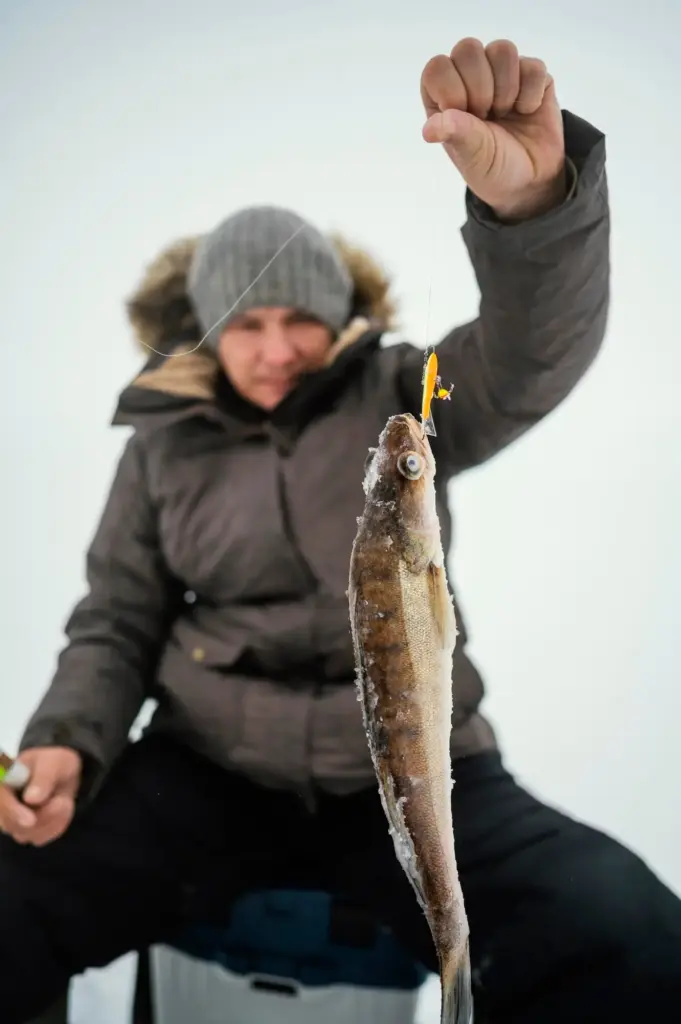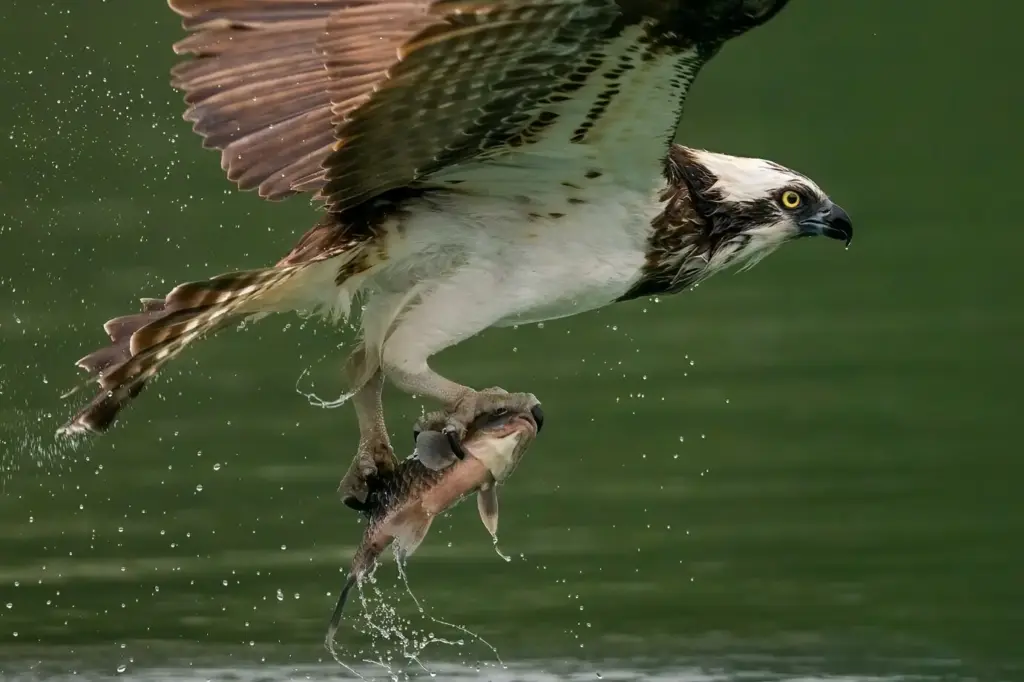Your First Tackle Box, Simplified
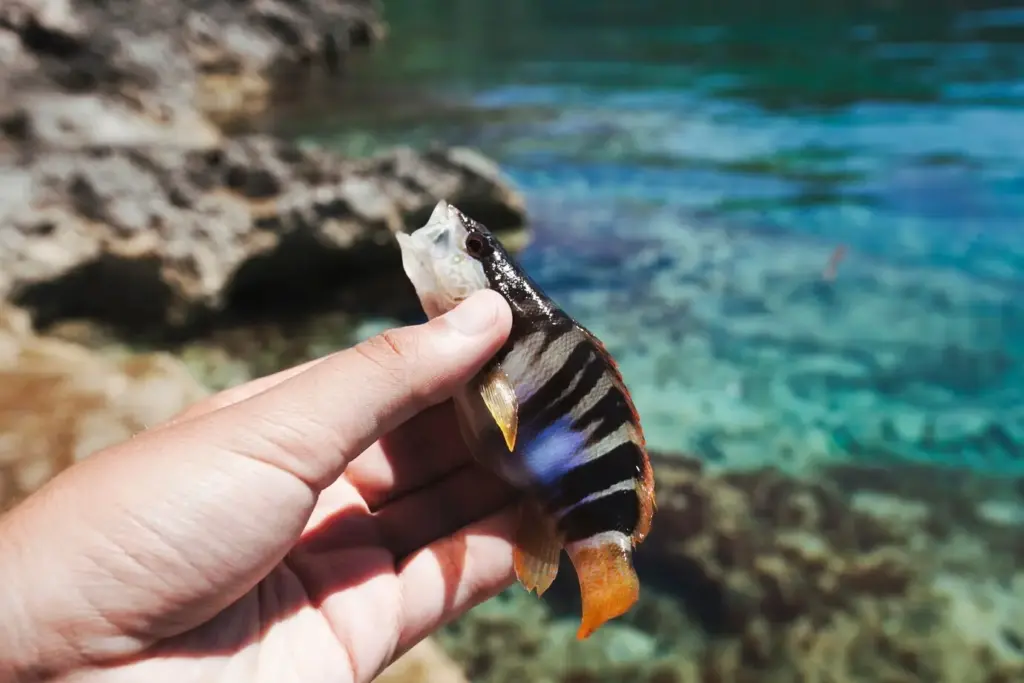

Start Strong with the Right Rod and Reel
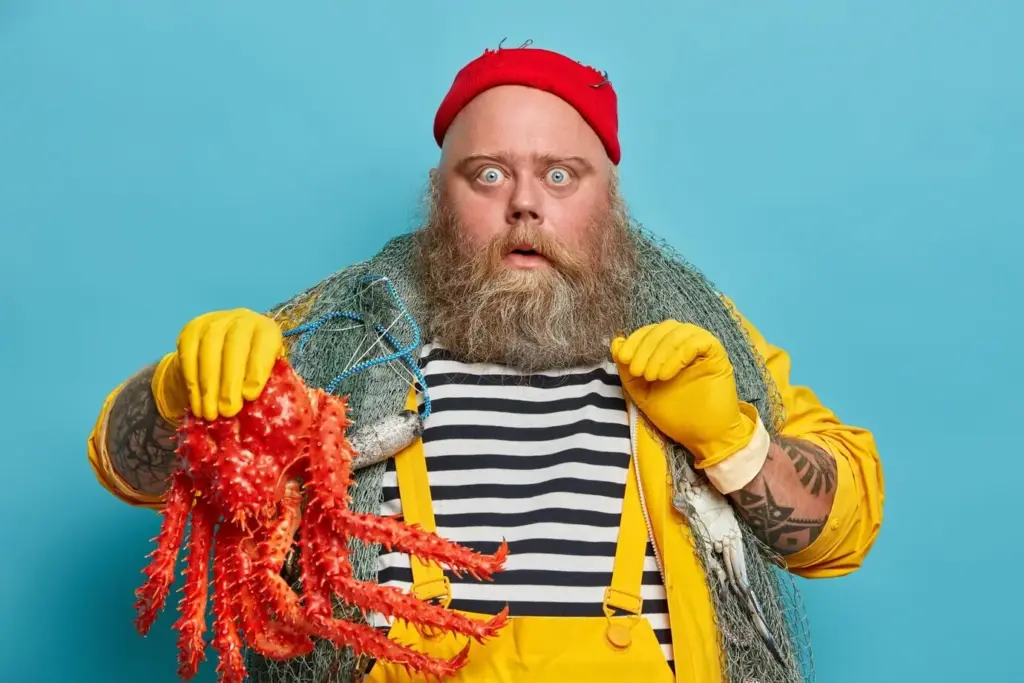
Spinning setups that make casting easy
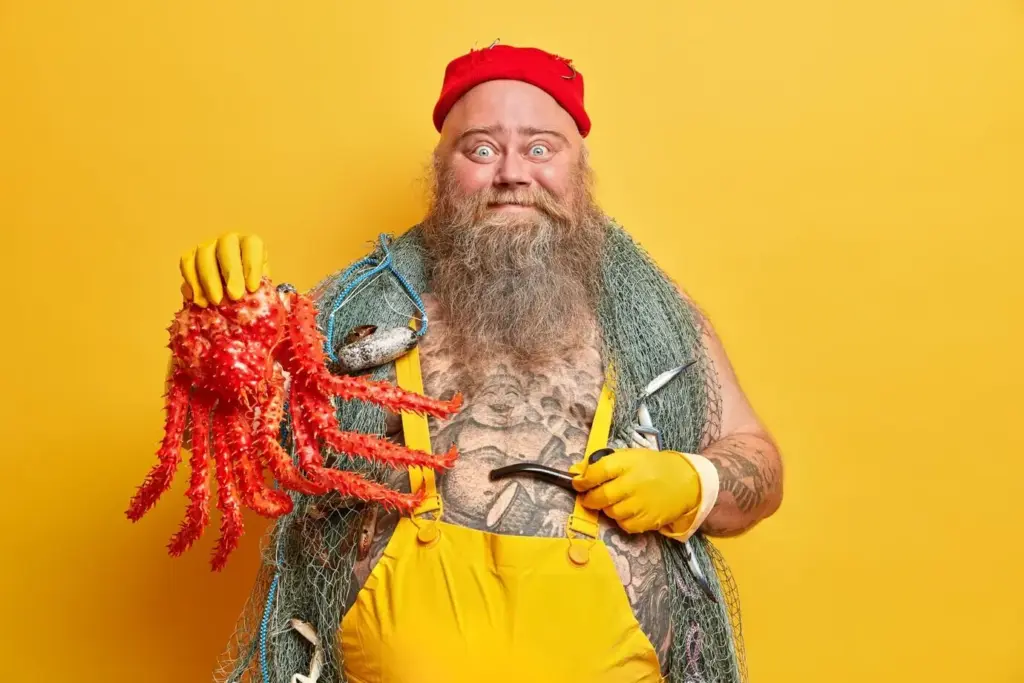
Matching reel size, drag, and balance

Basic maintenance that extends gear life
Lines and Knots You Can Trust
Monofilament as a forgiving teacher
Monofilament stretches, which cushions sudden runs, protects beginner drag mistakes, and tolerates small casting errors. An eight to ten pound test suits pond bass, trout stockers, and panfish while keeping knots simple. It’s affordable, easy to manage, and perfect for learning how line behaves in wind and current. Change it when clouds, kinks, or memory loops appear. Try bright colors for visibility, then a clear leader if fish seem shy in bright, shallow water.
Braid and leaders when you’re ready
Braided line shines for sensitivity and long casts, especially with lighter lures or weedy banks. Pair a thin braid with a fluorocarbon or mono leader to stay stealthy near fish. Practice gentle drag settings because braid lacks stretch. Learn clean leader knots and test them calmly at home. When wind knots happen, trim away damaged sections and retie without stress. Keep braid scissors handy, and remember that careful spooling prevents loops that cause mid-cast headaches.
Three knots to master first
Begin with the improved clinch for tying lures and hooks, the Palomar for a fast, strong connection, and a simple double uni for braid-to-leader joins. Practice slowly on thick cord until motions feel automatic. Wet your knots, seat them smoothly, and trim tags short yet visible. Keep a pocket card with diagrams for quick refreshers on the bank. Share photos of your practice coils, celebrate neat wraps, and remember: tidy knots hook more memories than rushed ones.
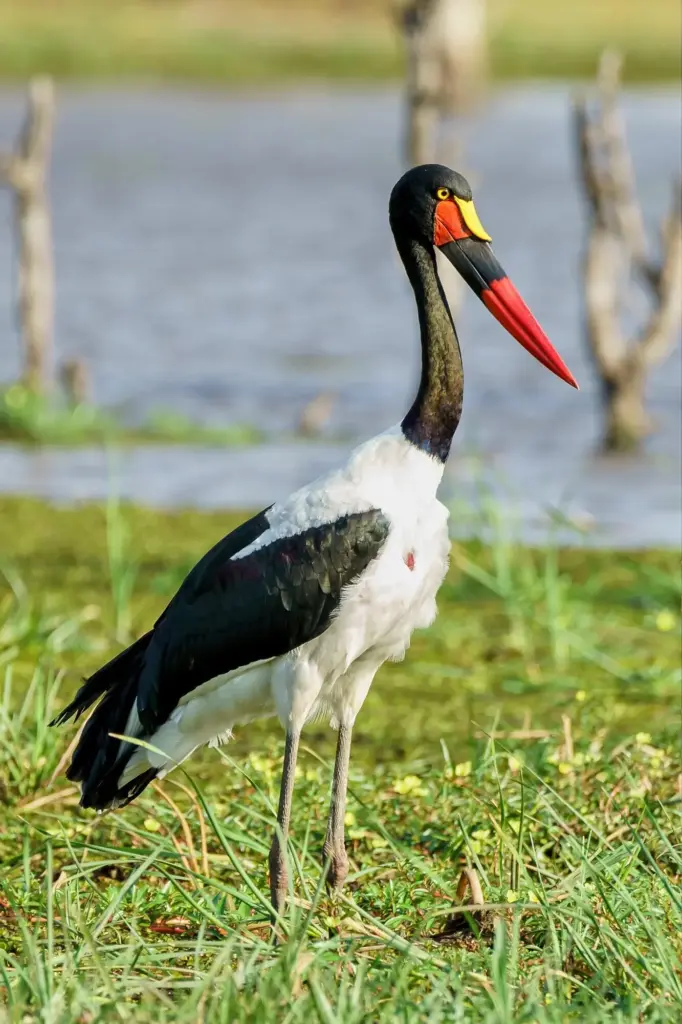

Terminal Tackle and Handy Tools
Safety, Comfort, and Preparedness on Every Trip
Clothing and sun protection that keep you out longer
Choose a breathable hat with a dark underbill, polarized sunglasses for safety and sight, and lightweight UPF shirts that dry quickly. Fingerless sun gloves prevent painful burn lines. Pack a neck gaiter and a compact rain shell because sudden wind shifts happen. Apply reef-safe sunscreen generously, reapply during snacks, and drink water on a timer. Comfortable shoes with grippy soles prevent slips on algae-slick rocks. Share your favorite budget-friendly apparel finds so newcomers can build reliable kits without overspending.
First aid, barbless awareness, and hook removal
A tiny zip pouch with bandages, antiseptic wipes, tweezers, and sterile tape handles common scrapes. Learn to pinch barbs lightly on practice hooks to reduce accidental injury risk during tight quarters. Carry long-nose pliers and know the line-loop method for backing out embedded hooks safely. If a hook goes deep, seek medical help rather than forcing it. Keep tetanus shots current. Store sharp lures in a separate sleeve to avoid surprises. Teach kids a simple, calm stop-and-freeze rule.
Licenses, Limits, and Respect for the Water

All Rights Reserved.
